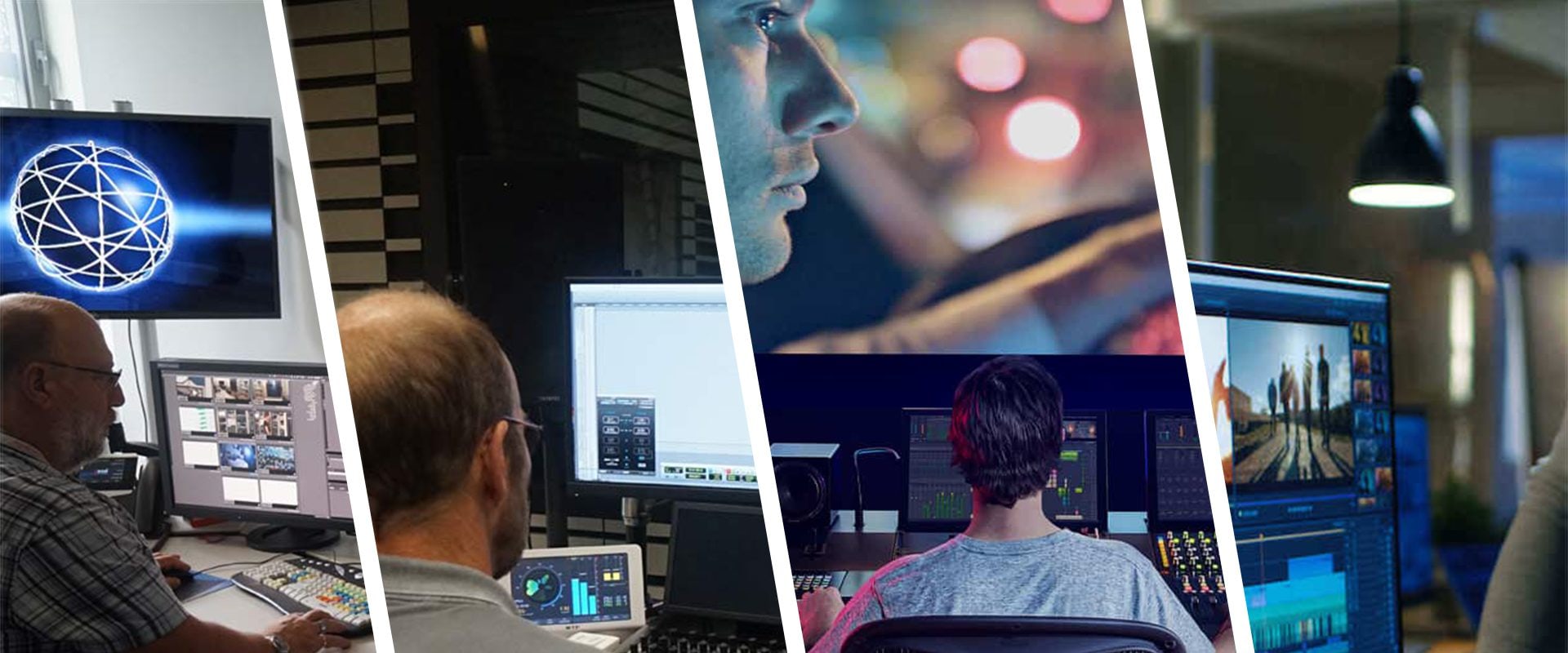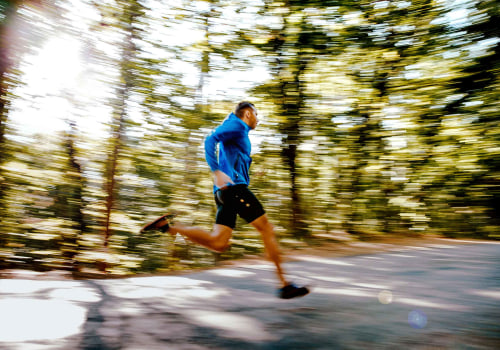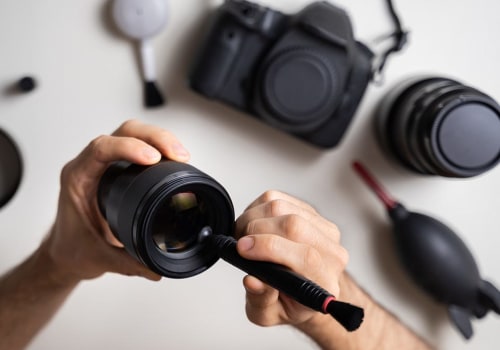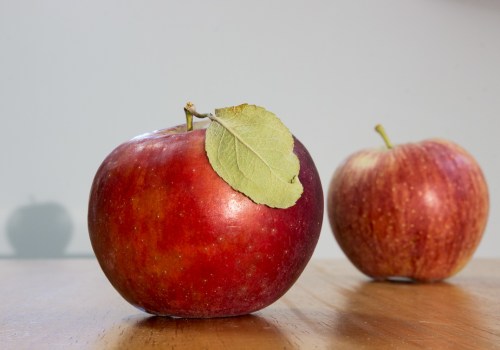Are you a photographer looking to take your action shots to the next level? Editing action photos in post-production can help you turn a good image into a great one. In this article, we'll discuss the basics of editing action photos, such as what equipment you need, which techniques you should use, and how to make sure your images stand out from the crowd. Post-production editing is an essential part of any photographer's workflow. It allows you to fine-tune every aspect of an image, from the exposure and color balance to the details and sharpening. With the right tools and techniques, you can make your action photos look professional and polished. For those looking to take their action shots to the next level, using a drone can be a great way to capture unique perspectives and angles that would otherwise be impossible.
Whether you're shooting sports, wildlife, or any other type of fast-moving subject, post-production editing can help you get the best out of your images. When it comes to action and sports photography, speed, precision, and skill are essential. But even the best shots still need some post-production edits to reach their full potential. This is why post-production is such an important part of the process – not only does it give photographers the ability to refine and enhance their photos, but it also allows them to bring out the best in their work. When it comes to post-production editing of action photos, cropping is one of the most important techniques. Cropping can be used to help create a dynamic composition, emphasizing certain aspects of the image while removing unnecessary elements.
Cropping can also help draw the viewer’s eye to the main subject of the image. It’s important to crop carefully, as it can make or break the impact of the image. Correcting exposure and color balance is also an important part of post-production editing. Poor exposure can ruin an image, making it too bright or too dark. Color balance can also have a significant impact on how an image looks – too much red or blue, for example, can make an image look unnatural and unappealing.
Both exposure and color balance can be adjusted using photo editing software like Photoshop or Lightroom. Sharpening is another key element in post-production editing. Sharpening helps to bring out texture and detail in an image, making it look more crisp and vibrant. It’s important to use sharpening carefully though – too much sharpening can make an image look unnatural and detract from its overall impact. Using photo editing software like Photoshop or Lightroom allows photographers to experiment with different techniques and find the ones that work best for their images. From adjusting exposure and color balance to cropping and sharpening, these programs offer a wide range of tools for post-production editing.
With a bit of practice and experimentation, photographers can master these techniques and take their action photos to the next level.
Cropping for Maximum Impact
When it comes to editing action photos, cropping can make a huge difference. Professional photographers often crop their images to improve the composition and draw attention to the subject. By carefully selecting the most important elements of the image, you can make a strong impact with your final photo. When cropping action photos, think about the story you’re trying to tell. What elements do you want to emphasize? Which ones can you eliminate? Consider how the subject is framed, and consider what the background looks like.In general, you should aim to have a balanced composition that draws attention to the subject without being too busy. When cropping your action photos, it’s also important to keep in mind the aspect ratio of the image. Different aspect ratios can be used to emphasize different elements in the photo. For example, if you want to emphasize a person’s face in an action photo, you might choose a portrait aspect ratio. Conversely, if you want to emphasize the motion in the photo, then a landscape aspect ratio might be more appropriate. Finally, when cropping action photos, it’s important to remember that some details may be lost.
So be sure to zoom in and check for any important details that you might have missed. By carefully considering these factors, you’ll be able to create beautiful action photos that make a strong impact.
Why Post-Production Is Essential
Post-production is essential for editing action photos because it allows photographers to make corrections and adjustments to an image that can take it from good to great. With post-production, photographers can enhance colors, remove unwanted elements, and adjust the overall composition of an image. Post-production also gives photographers the ability to make more subtle adjustments, such as softening a background or making a subject stand out.Additionally, post-production can be used to create special effects or add text and graphics to an image. Moreover, post-production offers photographers the opportunity to create unique looks. By making adjustments to contrast, saturation, and color balance, photographers can create a unique style that will set their photos apart from the competition. Post-production also allows photographers to experiment with different looks and styles until they find the one that best suits their vision. Finally, post-production can be used to correct any mistakes or flaws in an image. With post-production, photographers can fix lighting issues, remove unwanted objects, and even repair damaged photos.
Post-production allows photographers to take an image that would otherwise be unusable and turn it into a stunning work of art.
Sharpening Images
Sharpening images is an important part of post-production editing for action photos. Sharpening can help bring out the details in an image and make it pop. To sharpen an image, you'll need to use a tool like Adobe Photoshop or Lightroom. In Photoshop, you can use the Unsharp Mask filter to adjust the amount of sharpening, radius, and threshold.The Unsharp Mask will allow you to adjust the three parameters to get the desired effect. In Lightroom, you can use the Sharpening slider to adjust the amount of sharpening applied to an image. When sharpening images, it's important to be careful not to over sharpen. Too much sharpening can lead to artifacts and halo effects that can ruin an image.
You should also avoid sharpening blurrier images too much as it can lead to more noise in the image. Knowing when and how much to sharpen is a skill that comes with practice and experience. With a bit of practice and experimentation, you'll be able to get the desired results with your action photos.
Correcting Exposure and Color Balance
When it comes to editing action photos in post-production, correcting exposure and color balance is essential. It's important to make sure the photo is not too light or too dark, and that any color casts are removed.The process of correcting exposure and color balance can be done manually or with automated tools. Manual exposure and color balance corrections can be time consuming, but they allow for more precise control over the adjustments. Adjusting the levels and curves of the photo will help bring out details in highlights and shadows, as well as adjust the overall brightness. Additionally, adjusting the color balance settings such as hue, saturation, and luminosity will help create a more natural look.
Automated tools are a great option for quickly adjusting the exposure and color balance of an image. Many modern image editing programs offer automated adjustments that can be used to quickly make corrections to an image. These tools are especially useful for batch processing images, as they can quickly apply the same adjustments to multiple photos with one click. No matter which approach you choose, correcting exposure and color balance is an important step in post-production editing of action photos. By making sure the photo is properly exposed and has accurate colors, you can ensure that your images look their best. Post-production is an essential part of action and sports photography.
With the right techniques and tools, you can take your photos to the next level and create stunning images that capture the moment. From cropping for maximum impact to correcting exposure and color balance to sharpening images, post-production can help you achieve the perfect shot. So next time you're editing action photos, remember to use these post-production techniques to ensure the best results.








